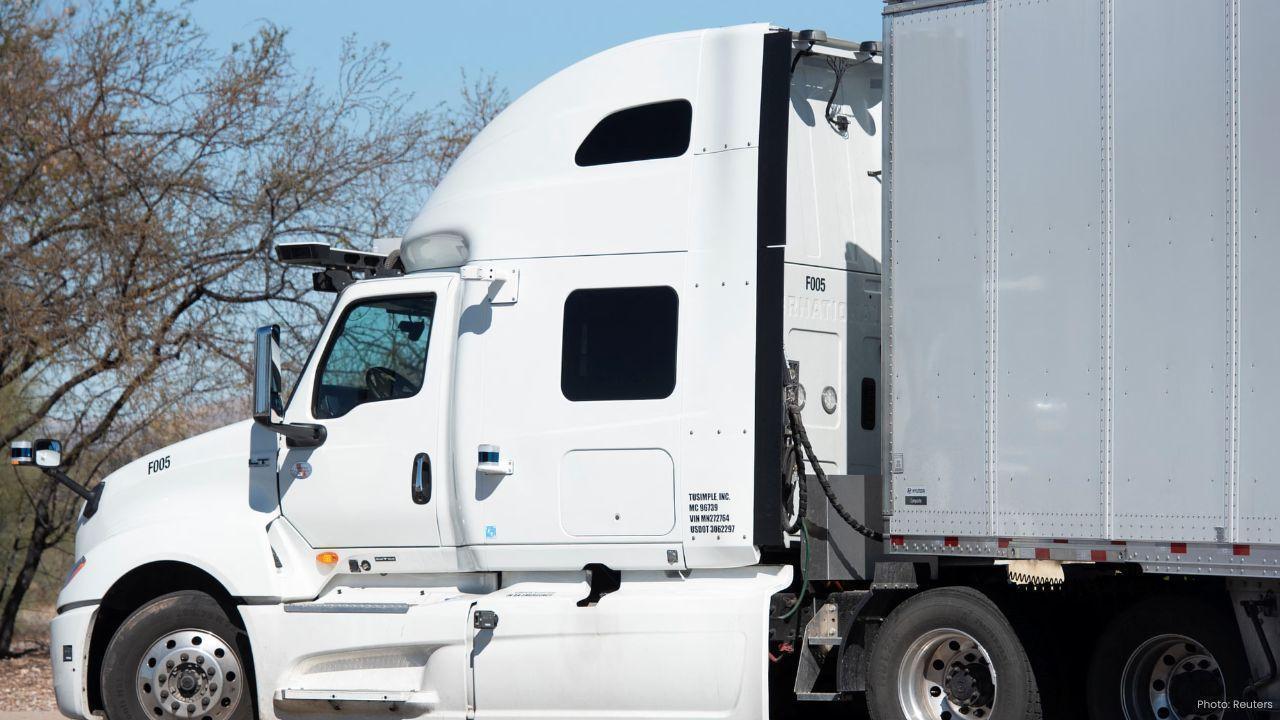
Post by : Meena Rani
In today’s fast-moving world of logistics and deliveries, supply chains face unprecedented challenges. With growing e-commerce demands and tighter schedules, companies are relying more than ever on technology to keep goods moving safely and efficiently. One of the most important areas where technology plays a critical role is driver safety. Ensuring drivers remain alert, aware, and safe is no longer optional—it is essential for protecting lives, preventing accidents, and maintaining the integrity of the supply chain.
Artificial intelligence (AI) has become a central tool in fleet management and driver safety. From AI dashcams that detect distracted driving to real-time monitoring systems that track driver fatigue, these technologies promise to make roads safer. However, the rapid adoption of AI also brings a significant challenge: many safety systems are not transparent, and their effectiveness can be difficult to verify. This lack of clarity poses real risks for drivers, companies, and the overall logistics industry.
How AI is Changing Fleet Safety
The logistics and delivery industry has changed dramatically in the last decade. With more people shopping online, delivery volumes have surged, putting enormous pressure on drivers and fleet operators. Longer hours on the road, unpredictable traffic conditions, and tight deadlines all contribute to fatigue and distractions, which increase the likelihood of accidents.
AI technologies have been introduced to help address these risks. Modern fleet safety systems can detect unsafe behaviors such as texting while driving, drowsiness, harsh braking, and speeding. Some systems even provide real-time alerts to drivers, allowing them to correct unsafe behavior immediately. These tools are designed to improve driver awareness and reduce accidents, ultimately protecting lives and safeguarding cargo.
The Problem with Opaque Safety Systems
Despite the promise of AI, not all systems are created equal. Many safety vendors fail to provide transparent, verifiable data showing how well their products perform. Some even include restrictive clauses that prevent companies from sharing test results or comparing systems. This lack of openness creates a significant problem: fleet managers may purchase systems that do not deliver the safety improvements they expect, leaving drivers and cargo at risk.
Without independent verification, it is difficult to know which AI systems truly improve safety and which are mainly marketing claims. Relying on untested or opaque systems can lead to a false sense of security. Drivers may believe they are protected, while in reality, unsafe behaviors go undetected or uncorrected.
Real-Life Risks of Non-Transparent Systems
When safety systems are not transparent, the consequences can be severe. Critical warning signals, such as driver fatigue or distraction, might be missed or delayed. Accidents that could have been prevented become more likely. Beyond the immediate threat to drivers, accidents also impact companies through damaged goods, legal liability, and reputational harm.
A supply chain cannot operate efficiently if safety tools are unreliable. Every accident slows operations, increases costs, and can jeopardize customer trust. Transparency in AI safety systems is not just a technical concern—it is a business imperative that directly affects human lives and corporate performance.
Solutions: Independent Testing and Clear Results
One solution to this problem is independent testing of AI safety systems. Companies that submit their products to third-party evaluations demonstrate accountability and provide reliable performance data to fleet operators. Independent validation ensures that safety claims are accurate, measurable, and not just marketing promises.
For example, some leading fleet safety providers have chosen to undergo head-to-head testing conducted by independent institutions. These evaluations test how well AI systems detect unsafe driving behaviors, alert drivers in time, and ultimately reduce accidents. The results give companies clear evidence about which systems are most effective and safe.
Independent testing also encourages transparency across the industry. When performance data is publicly available, other companies are motivated to improve their products, leading to safer roads and better outcomes for drivers.
Why Transparency is Essential
In logistics and fleet safety, there is no room for guesswork. A system that cannot prove it works is a system that cannot be trusted. Transparent AI safety solutions allow fleet managers to make informed decisions, select the best tools, and implement strategies that truly improve safety.
Transparency is about more than statistics—it is about trust. Drivers must trust that the systems monitoring them are accurate and helpful. Companies must trust that their investment in technology will produce measurable safety improvements. Only when AI safety systems are transparent can trust exist, ensuring safer roads and stronger supply chains.
The Broader Impact on the Industry
The benefits of transparency extend beyond individual companies. When fleet safety systems are independently validated and openly tested, the entire supply chain industry becomes safer and more efficient. Other companies can learn from validated results, adopt best practices, and avoid unsafe or ineffective solutions.
Transparent AI systems also encourage regulatory confidence. Governments and safety authorities are more likely to support technology that can demonstrate consistent, reliable results. Over time, this builds a culture where safety is standardized, and drivers and fleet managers alike can rely on proven solutions.
Moving Forward: Best Practices for Supply Chains
To build safer, smarter supply chains, companies should take several steps:
Demand Transparent Systems: Only adopt AI safety tools that provide verifiable performance data.
Prioritize Independent Testing: Look for vendors who allow third-party evaluations of their products.
Monitor Results Continuously: Regularly assess whether AI tools are effectively reducing unsafe behaviors.
Educate Drivers: Ensure drivers understand how safety systems work and trust their alerts.
Share Insights: Encourage open discussions and information sharing about AI safety performance across the industry.
By following these practices, supply chains can achieve higher safety standards, reduce accidents, and maintain operational efficiency.
In a world where logistics and delivery networks are growing faster than ever, safety cannot be left to chance. AI technologies have the potential to transform driver safety, but only if their performance is transparent, tested, and trustworthy.
Companies that adopt opaque or unverified systems risk accidents, financial loss, and damage to their reputation. Conversely, embracing transparency and independent validation ensures that drivers, cargo, and operations are protected. The future of safe and efficient supply chains depends on accountability, openness, and a commitment to using technology responsibly.
Transparent AI safety systems are not just a choice—they are a necessity. They save lives, protect investments, and strengthen the entire supply chain ecosystem. Fleet operators and logistics companies must prioritize transparency today to ensure a safer and more reliable tomorrow.
AI safety systems, supply chain transparency, fleet management

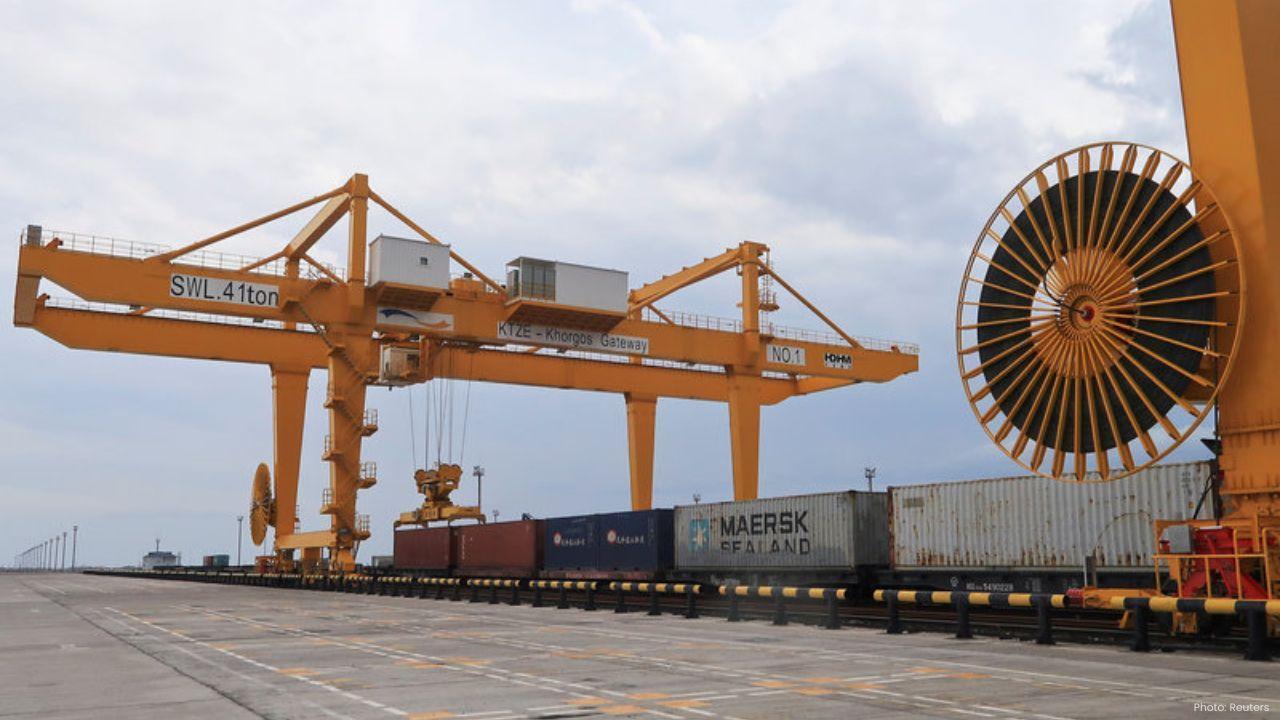
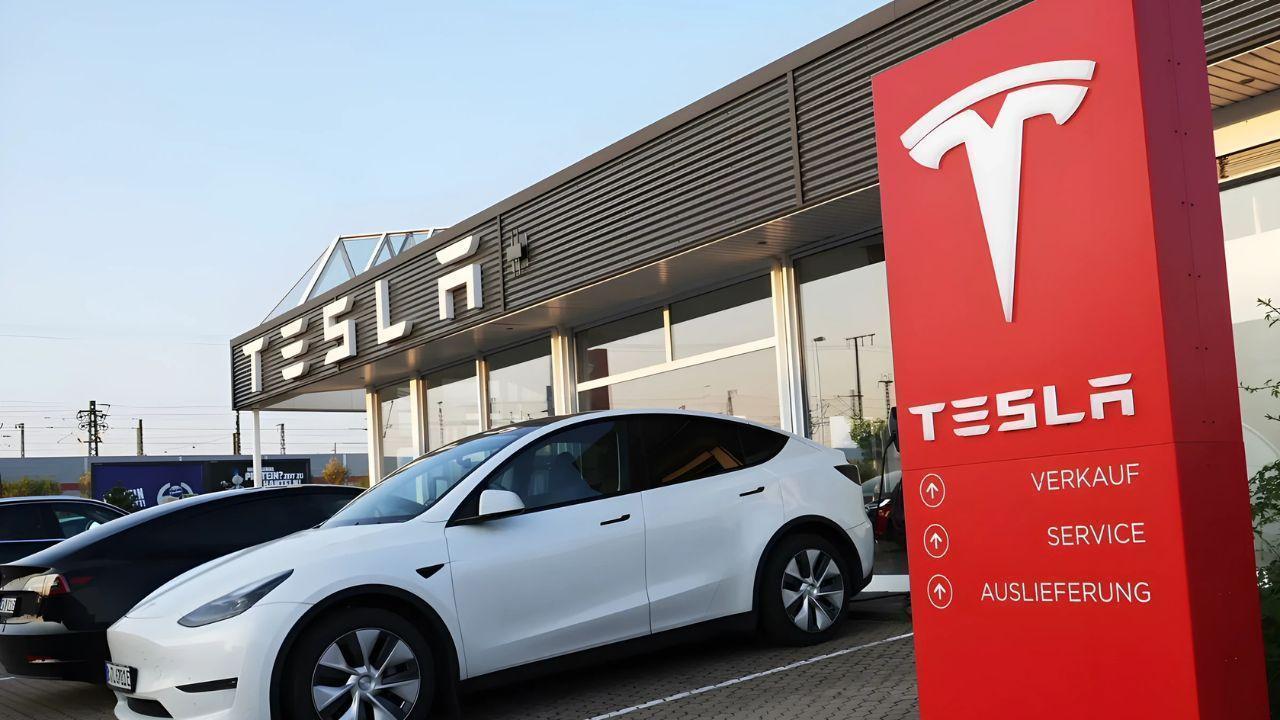
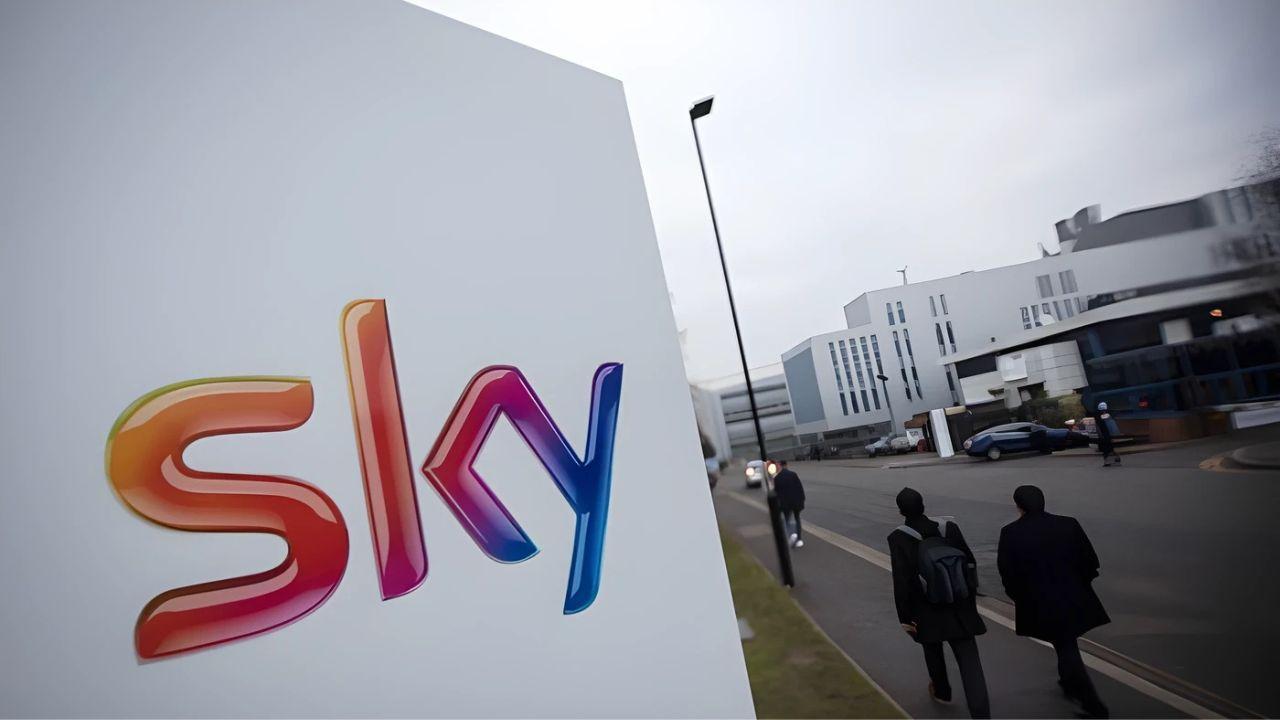
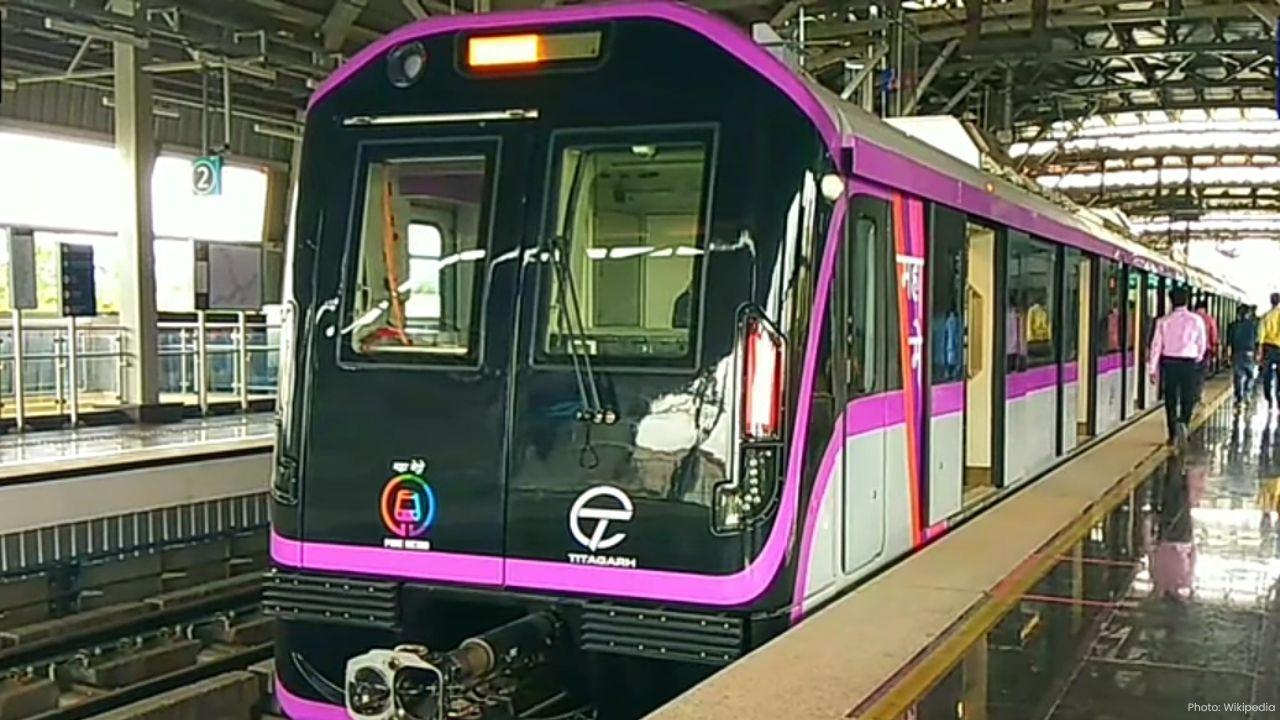




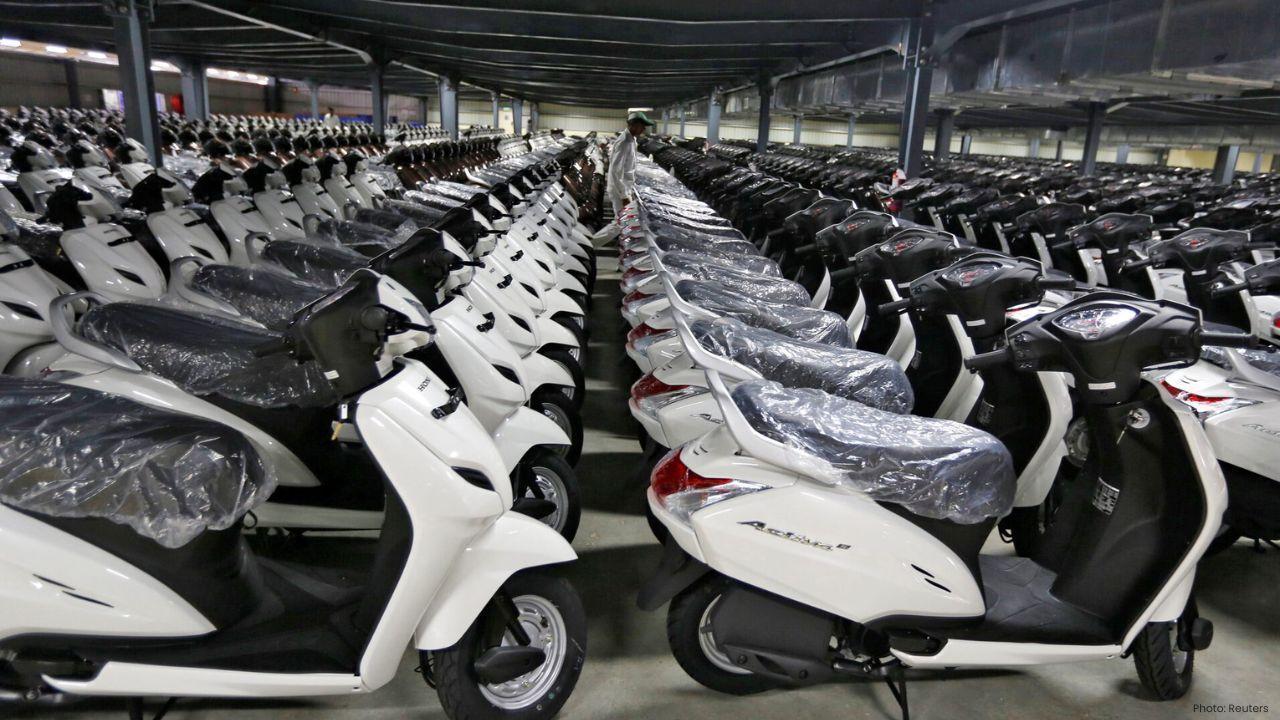
Honda Cuts Prices on Scooters and Bikes After GST 2.0 Revision
Honda reduces prices on Activa Dio Shine CB350, passing GST 2.0 benefits to customers with savings u
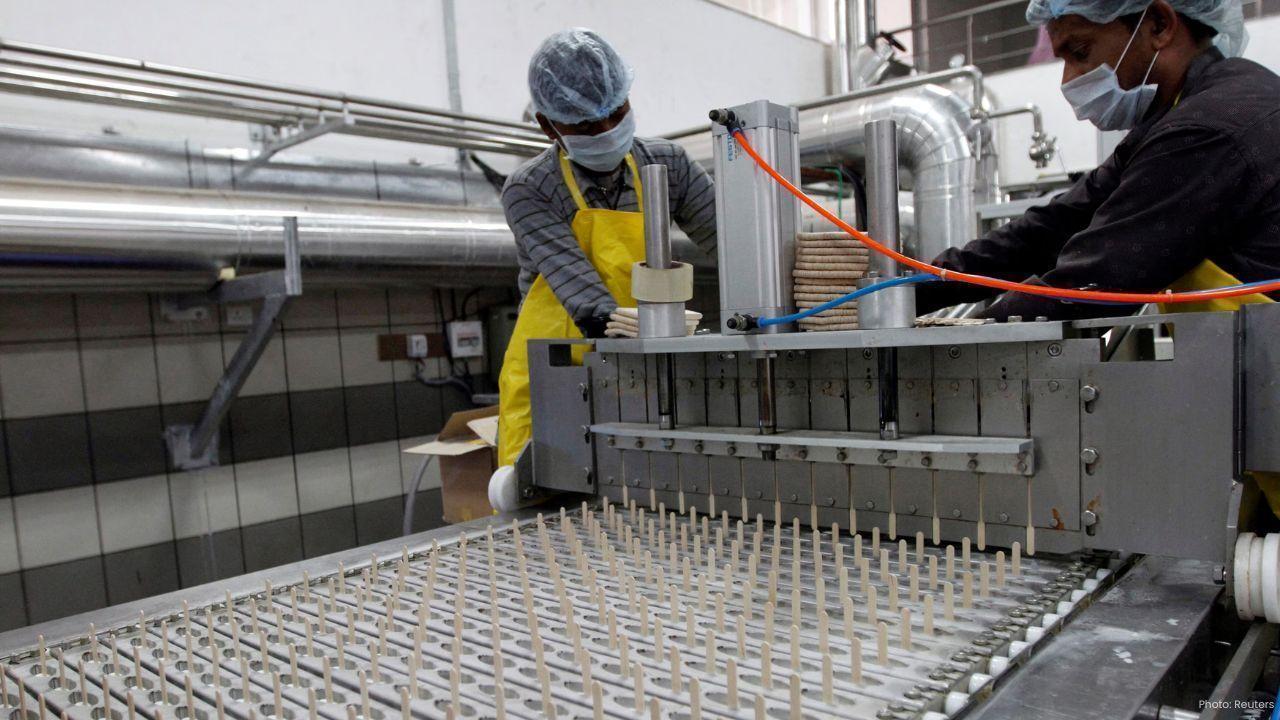
India’s Cold Chain Industry Expanding Beyond Vaccines to Foods
India’s cold chain industry grows beyond vaccines, driven by frozen foods dairy fresh produce and fa

Delta Air Lines Launches Daily Nonstop Flight from Austin to Miami
Delta adds daily nonstop flights from Austin to Miami, giving travelers more convenient options and

Servotech Partners with Enovra to Bring Solar & EV Chargers to Mauritius
Servotech forms deal with Mauritius-based Enovra to supply solar solutions & EV chargers with Enovra
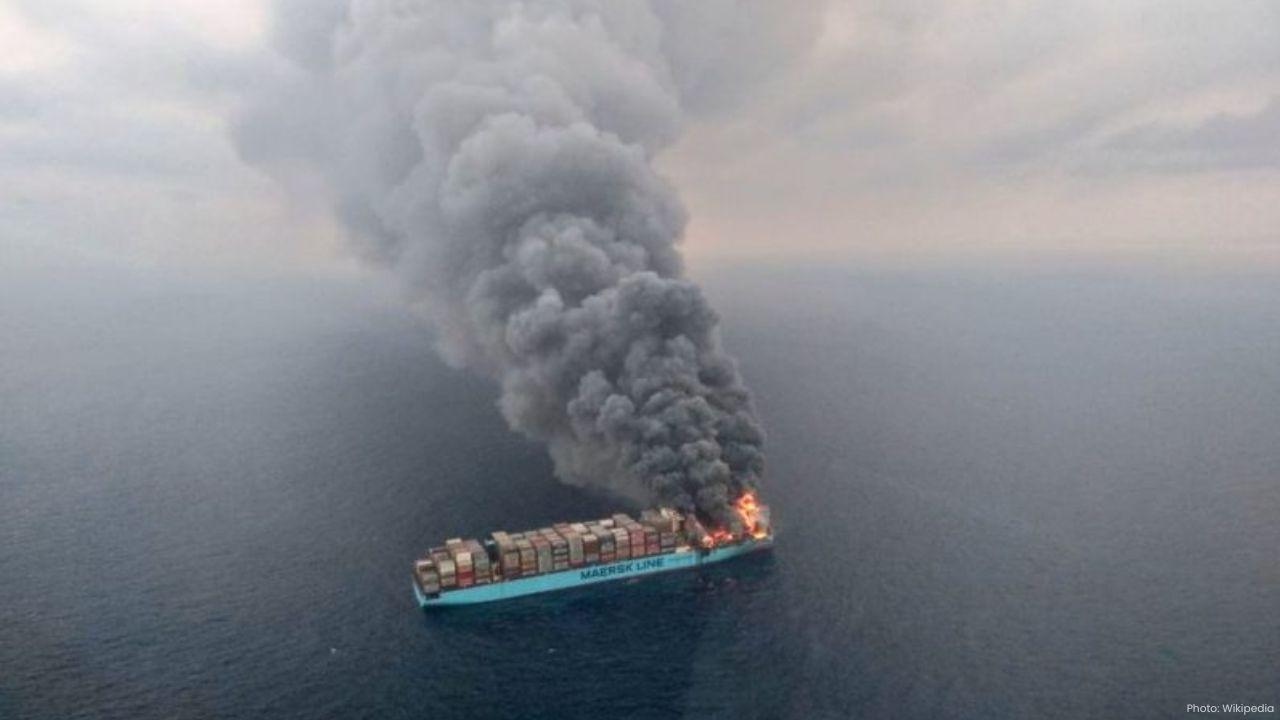
WSC launches global cargo safety programme to stop dangerous ship fires
WSC unveils a safety programme using AI-based cargo screening and joint standards to catch misdeclar

Mahindra NOVO Series Turns 11 Premium Upgrades & 6-Year Warranty Added
Mahindra marks 11 years of its NOVO tractor line by adding Creeper Mode, mBoost tech, better hydraul